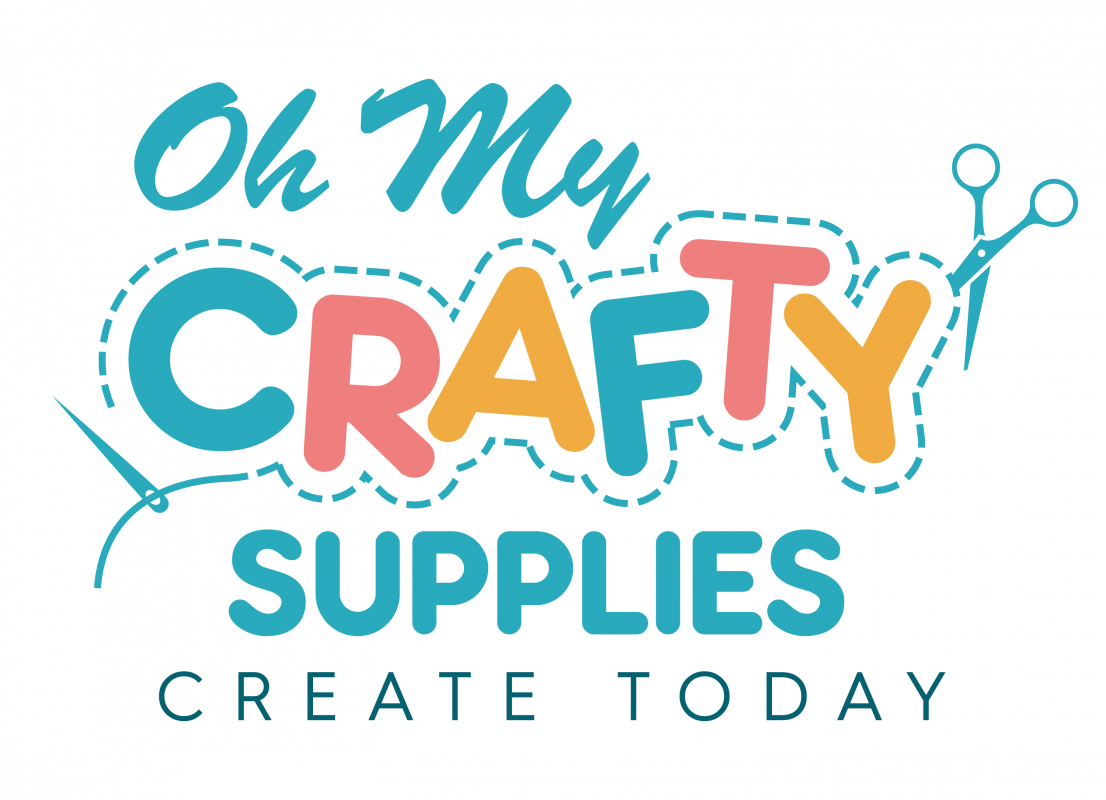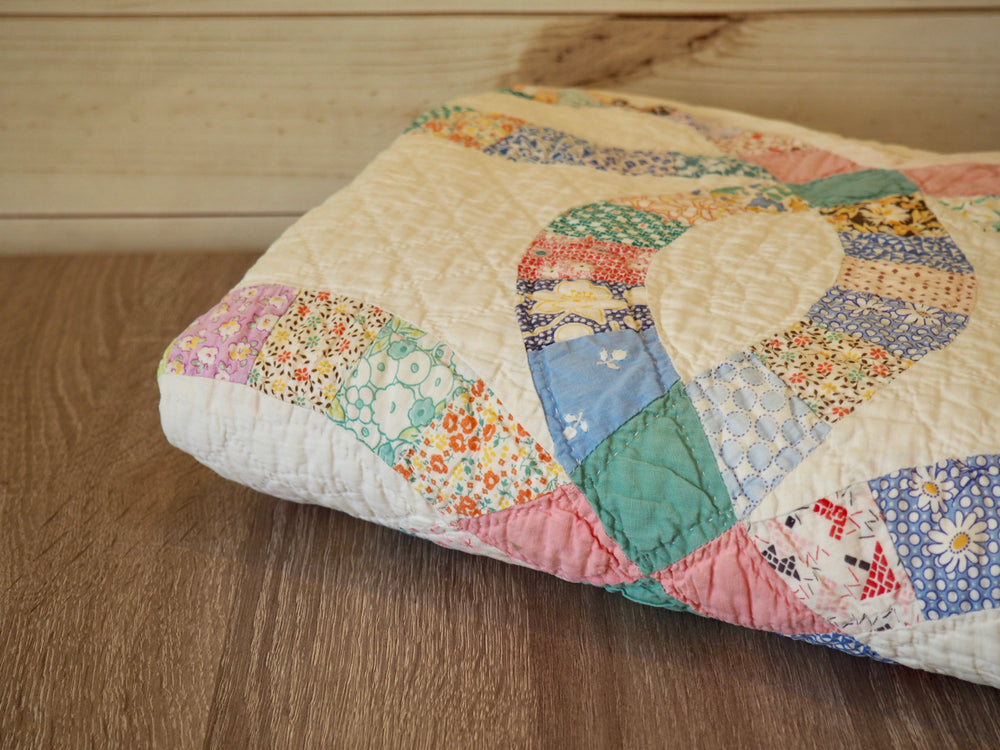Crafty Chronicles
Unleashing Creativity: Quilting with Your Embroidery Machine
Quilting is a beautiful, centuries-old art form that has evolved with time. Thanks to modern technology, we now have the ability to incorporate embroidery machines into our quilting projects, allowing for unique, intricate designs and patterns. In this blog post, we’ll delve into the world of quilting with your embroidery machine and share some valuable tips and tricks.
What is Machine Embroidery Quilting?
Machine embroidery quilting is the process of using an embroidery machine to create intricate quilt designs. It merges traditional quilting techniques with modern embroidery technology to provide the opportunity for more detailed and complex patterns than those achievable by hand.
Benefits of Quilting with an Embroidery Machine
Speed and Efficiency: Embroidery machines significantly reduce the time it takes to complete complex quilting patterns, as compared to hand quilting.
Precision and Consistency: The machine ensures uniformity and accuracy in repeating patterns which can be challenging when done manually.
Versatility: With an array of available embroidery designs, you can easily switch between patterns, making your quilt truly unique.
Getting Started: Essential Tools
Before you start, ensure you have the right tools:
- An embroidery machine capable of quilting
- Quilting needles for your machine
- Embroidery threads of your chosen colors
- Quilting fabric and batting
- Embroidery software (optional, for custom designs)
Step-by-Step Guide to Quilting with Your Embroidery Machine
Step 1: Select Your Design
Start by choosing or creating your quilting design. Many embroidery machines come with pre-loaded designs, and there are countless others available for purchase or free download online. If you’re feeling adventurous, you can use embroidery software to create a custom design.
Step 2: Prepare Your Fabric
Layer your quilt sandwich (top fabric, batting, and backing fabric), making sure all layers are smooth and wrinkle-free. Secure the layers together using safety pins or a basting spray.
Step 3: Hoop the Quilt
Position the quilt in your machine’s embroidery hoop, ensuring the area where you want your design is centered. Be careful not to stretch or distort the fabric while hooping.
Step 4: Embroider the Quilt
Now, load your design and start embroidering! Remember to monitor the process to ensure the thread doesn’t break and the pattern aligns correctly.
Step 5: Rehoop and Repeat
Once the design is complete, remove the quilt from the hoop, reposition for the next design, and continue the process until your quilt is fully embroidered.
Tips and Tricks for Success
Proper Hooping: Always hoop your quilt correctly to ensure the fabric isn’t distorted, leading to misaligned designs.
Thread Quality: Invest in high-quality embroidery thread. Poor quality thread can break easily and potentially damage your machine.
Regular Maintenance: Regularly clean and oil your machine according to the manufacturer’s instructions to keep it running smoothly.
Test First: Always do a test run of your design on a scrap piece of fabric. It allows you to work out any kinks before committing it to your quilt.
Start Simple: If you’re new to machine embroidery quilting, start with simpler designs and gradually move on to more complex patterns as your confidence grows.
Quilting with your embroidery machine can be a fun and rewarding experience. With patience, practice, and a bit of creativity, you can create stunning, intricate quilts that will be cherished for years to come. Happy quilting!


